The best camera for filmmaking in 2025
The best 4K camera for filmmaking will deliver high-quality video content, offer image stabilization and a range of codecs
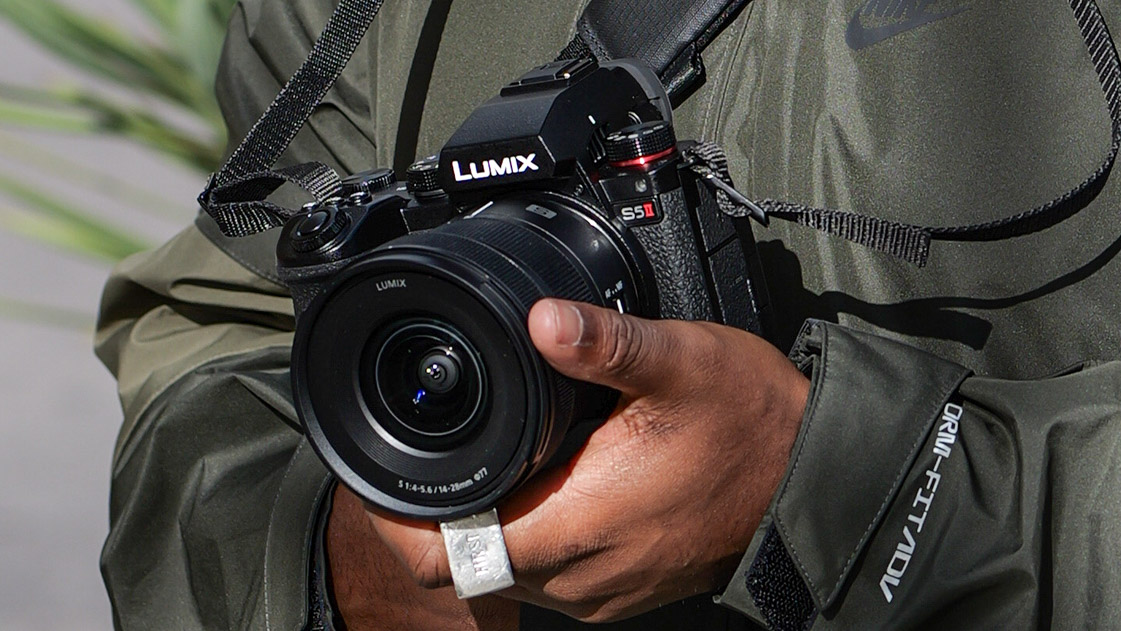
The right camera can transform your filmmaking, whether you’re capturing cinematic footage, shooting music videos, or documenting adventures. With so many options available, we’ve tested and selected the best cameras for filmmaking, evaluating their design, performance, and image quality.
We focused on essential features like 4K/6K recording, in-body image stabilization, versatile video modes, and flip-out screens for dynamic shooting angles. While smartphones may suffice for casual vlogging, those seeking professional results should consider 6K or 8K cameras or cinema cameras.
Interchangeable lens cameras offer unmatched flexibility, letting you use accessories like shotgun mics, monitors, or video lights to elevate your production. Our picks include both video-focused models and hybrid cameras that deliver excellent performance for both video and photography.

For nearly two decades Sebastian's work has been published internationally.He is familiar with and shows great interest in medium and large format photography with products by Phase One, Hasselblad, Alpa, and Sinar and has used many cinema cameras from the likes of Sony, RED, ARRI, and everything in between.
Best camera for filmmaking: Quick list
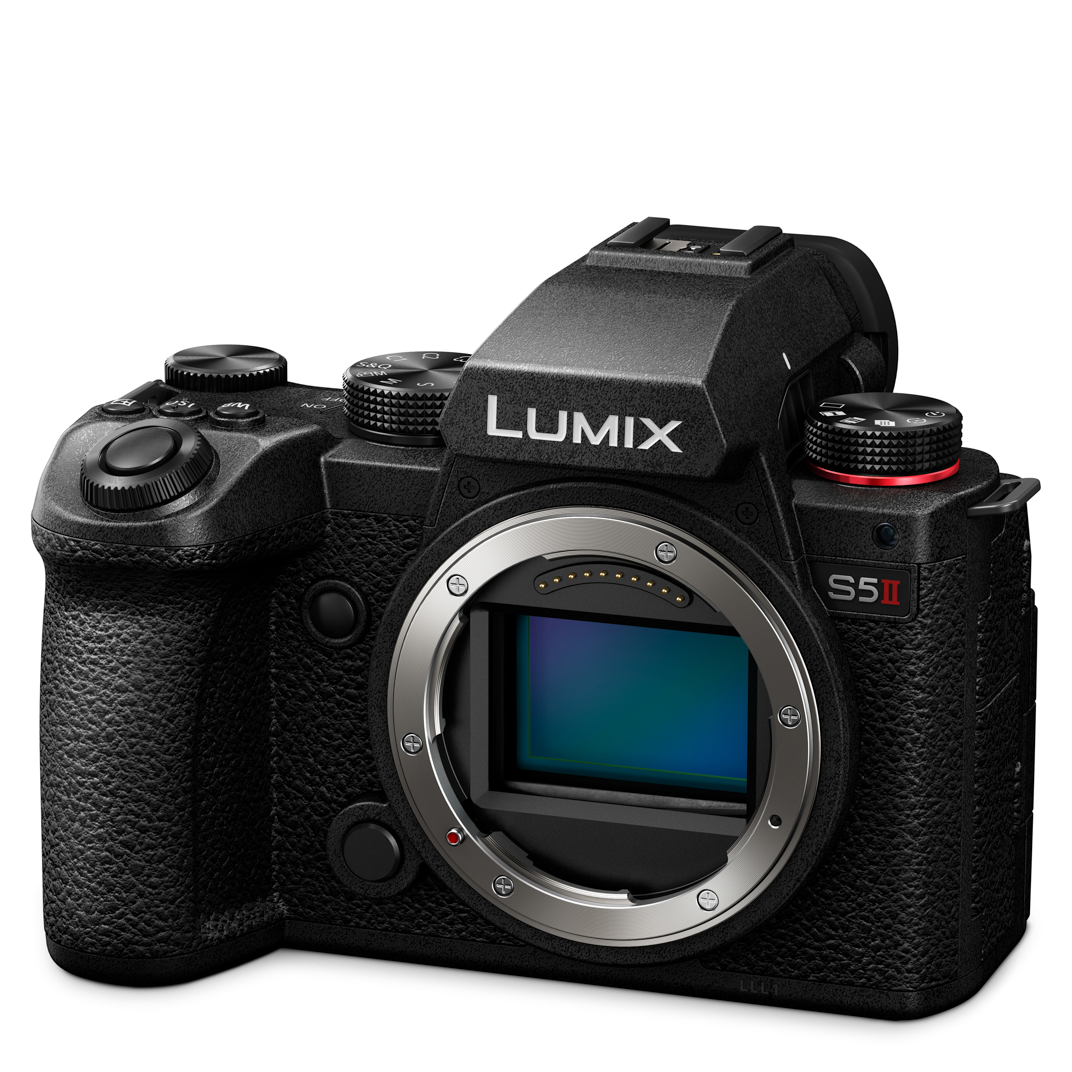
Impressive stabilization, 6K video and unlimited recording for a very attractive price
Read more below
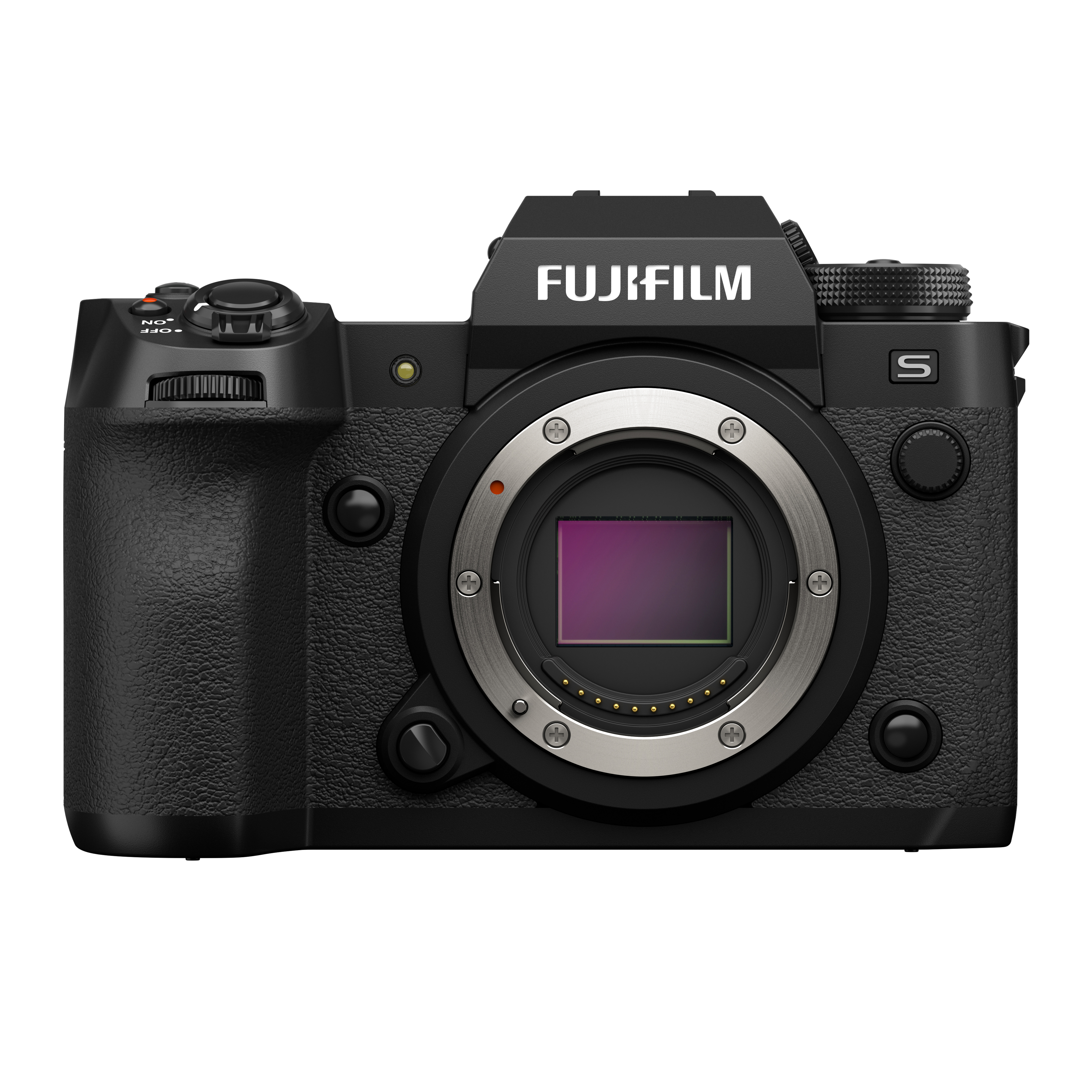
The X-H2S is the fastest X-mount camera and captures stunning 4k video at 120fps, perfect for filming wildlife and sports.
Read more below
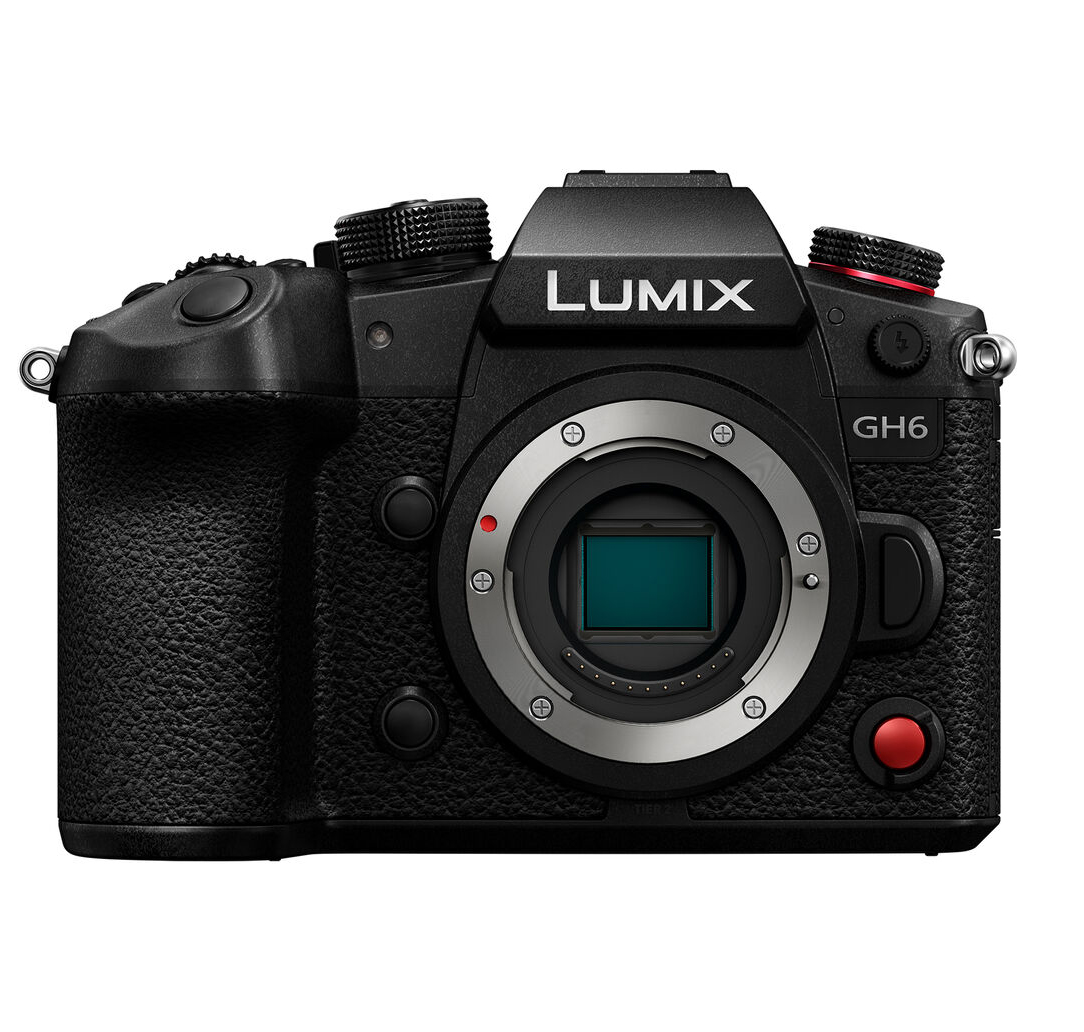
A powerful Micro Four Thirds camera capable of shooting 4K at 120 fps - as well as 25MP still images.
Read more below
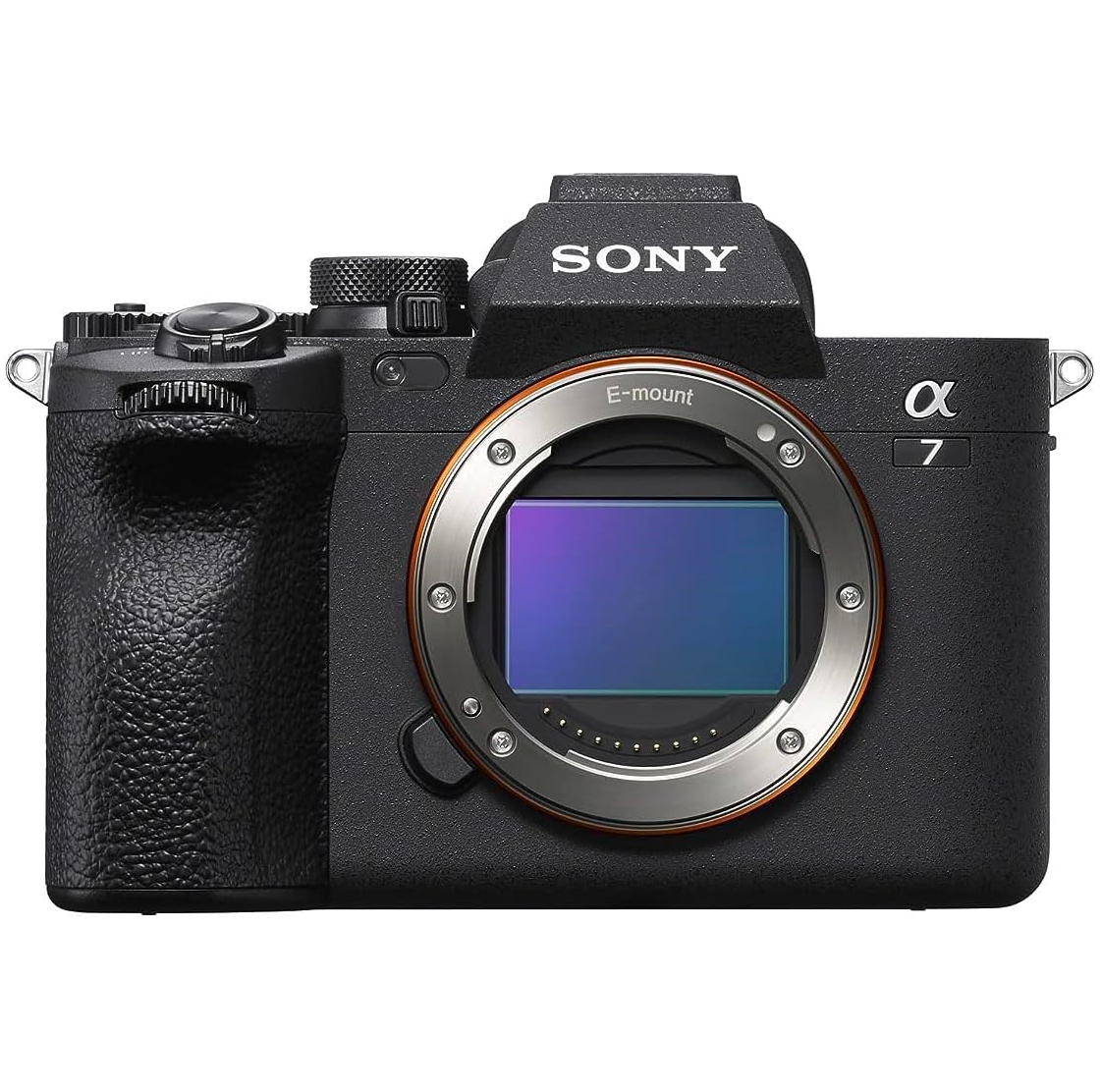
If you want a great hybrid camera that can take amazing 4K video, but also capture 33MP stills, the Sony A7 IV is the perfect candidate for your kit bag.
Read more below
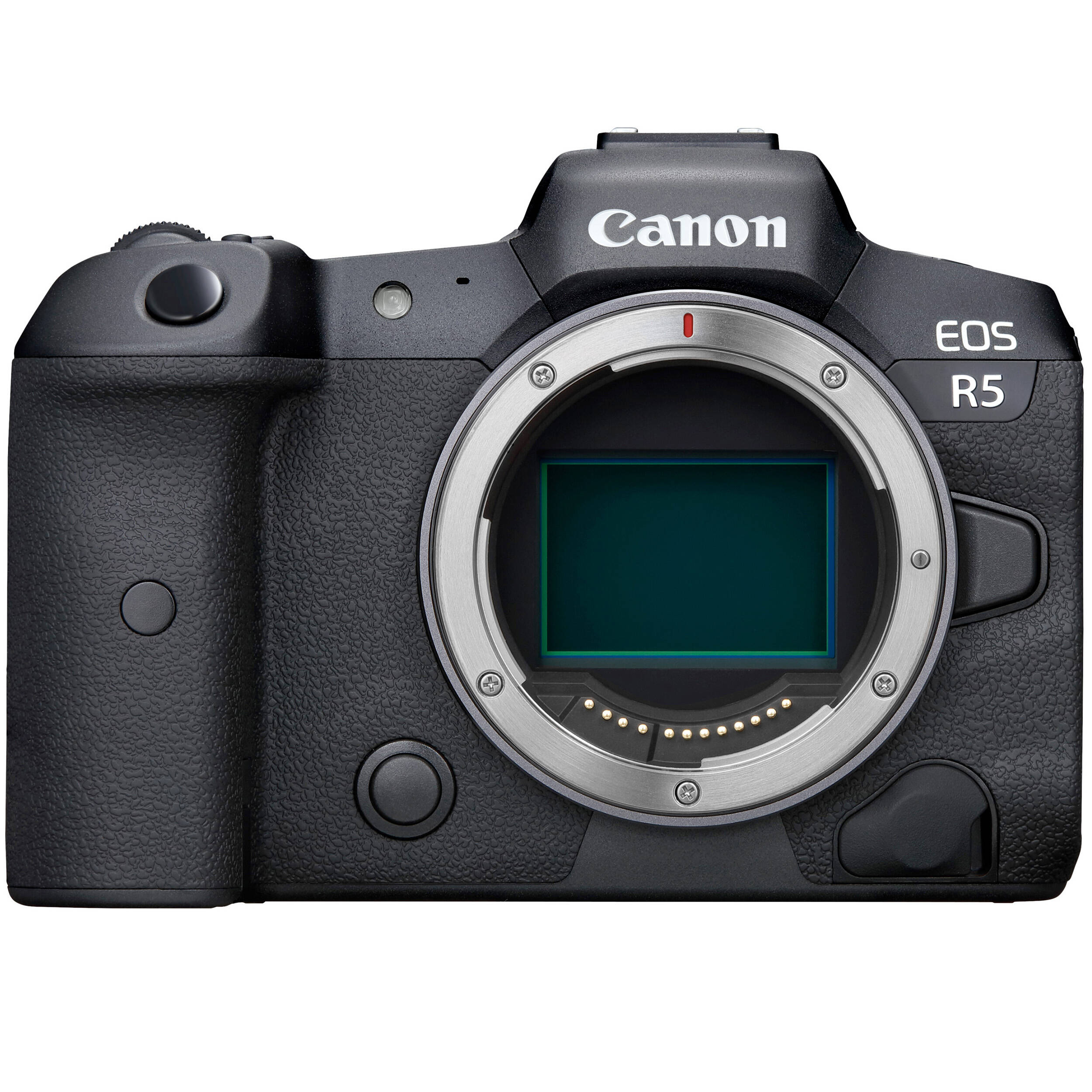
Not everyone needs or wants 8K - but if you want the ulitmate in video resolution the R5 is a brilliant choice It's equally as good at shooting stills as it is at filmmaking.
Read more below
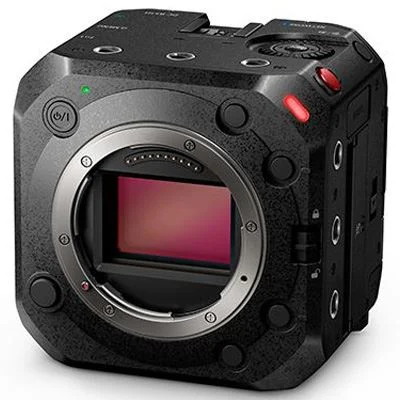
If you want a small, compact cinema camera that's capable of 6K video full frame recording then look no further, this is your perfect match.
Read more below
The best filmmaking cameras
Why you can trust Digital Camera World
Best overall
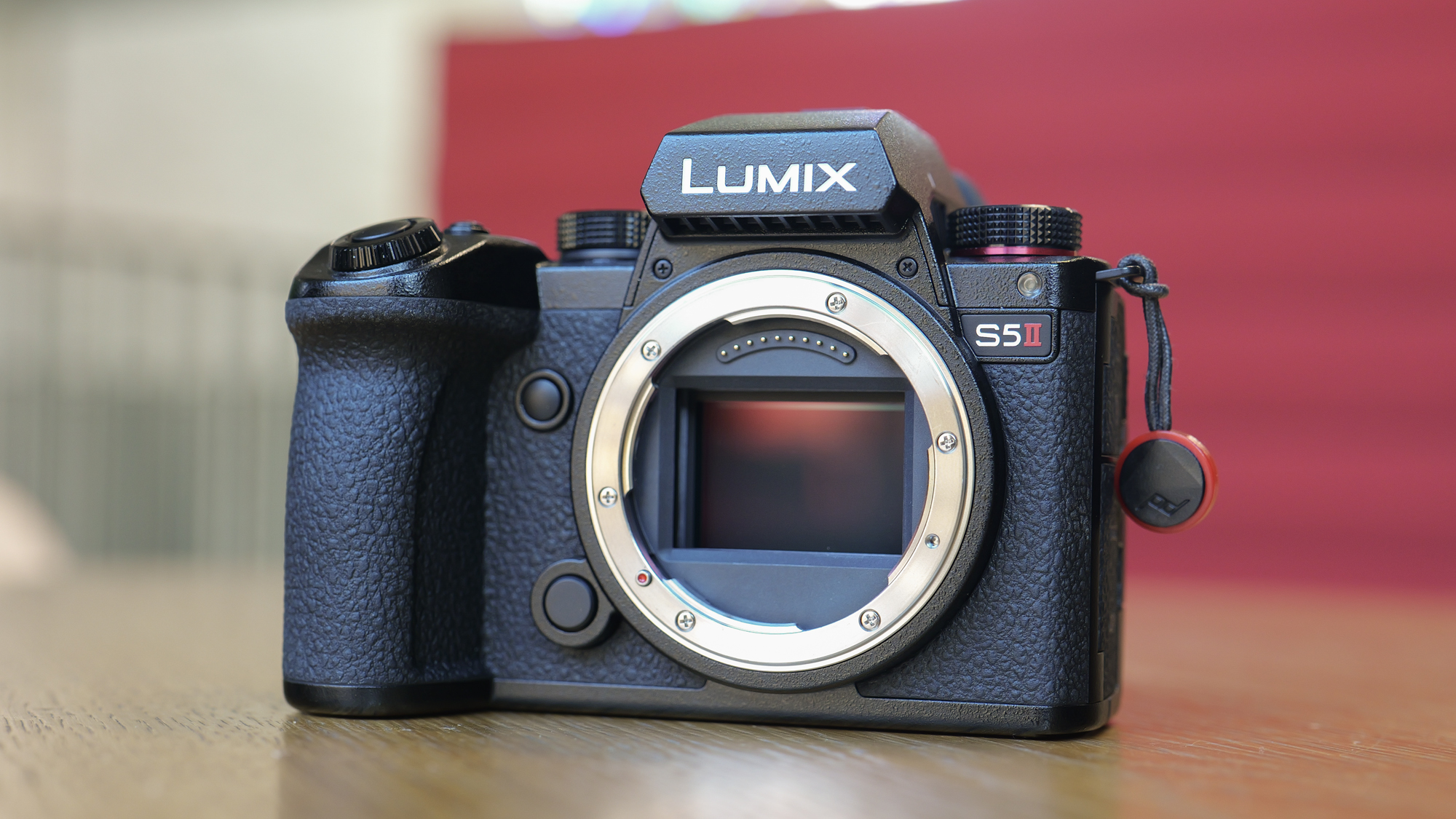
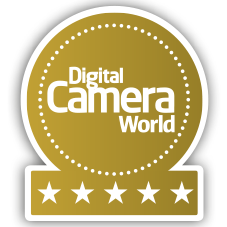
Specifications
Reasons to buy
Reasons to avoid
✅ You want value for money: Given its the latest flagship this camera offers great specs for the money
✅ You want unlimited recording: Record in 6K with no limits, make sure you have a big enough memory card
❌You use fast CF Express cards: With no CF Express slots you are going to have to use slower SD cards instead
❌ You want a clear monitor: Flip-out screen can be blocked by cables when fully rigged out
The Panasonic Lumix S5 II builds on the original Lumix S5’s tough compact frame, class-leading 5-axis in-body image stabilization, and excellent color science.
The most significant new addition is a Phase Hybrid autofocus system that combines PDAF with Contrast Detect AF to provide 779-area metering. This means it's better at detecting and tracking subjects, especially in low light and backlit scenarios.
The Lumix S5 II gives you truly unlimited 4K/60p 4:2:2 10-bit recording internally, S&Q 4K/60p (a high-speed 60fps) and FHD/180p, as well as up to 6K, full sensor readout video recording, making it a highly versatile camera for content production. And at $2500/£2000, the LUMIX S5 II is astonishingly good value for money.
Read our full Panasonic Lumix S5 II review
| Row 0 - Cell 0 | Comments: | Rating: |
| Features: | With its unlimited 6K recording and amazing stabilization this offers the best-in-class for most users | 4 / 5 |
| Performance: | Its new Phase hybrid autofocus makes the S5 II a really practical camera in the field for many uses wanting ease of use | 4 / 5 |
| Value: | While its the Panasonic flagship offering full-frame 6K video its price is very competitive in the industry | 5 / 5 |
Best for action
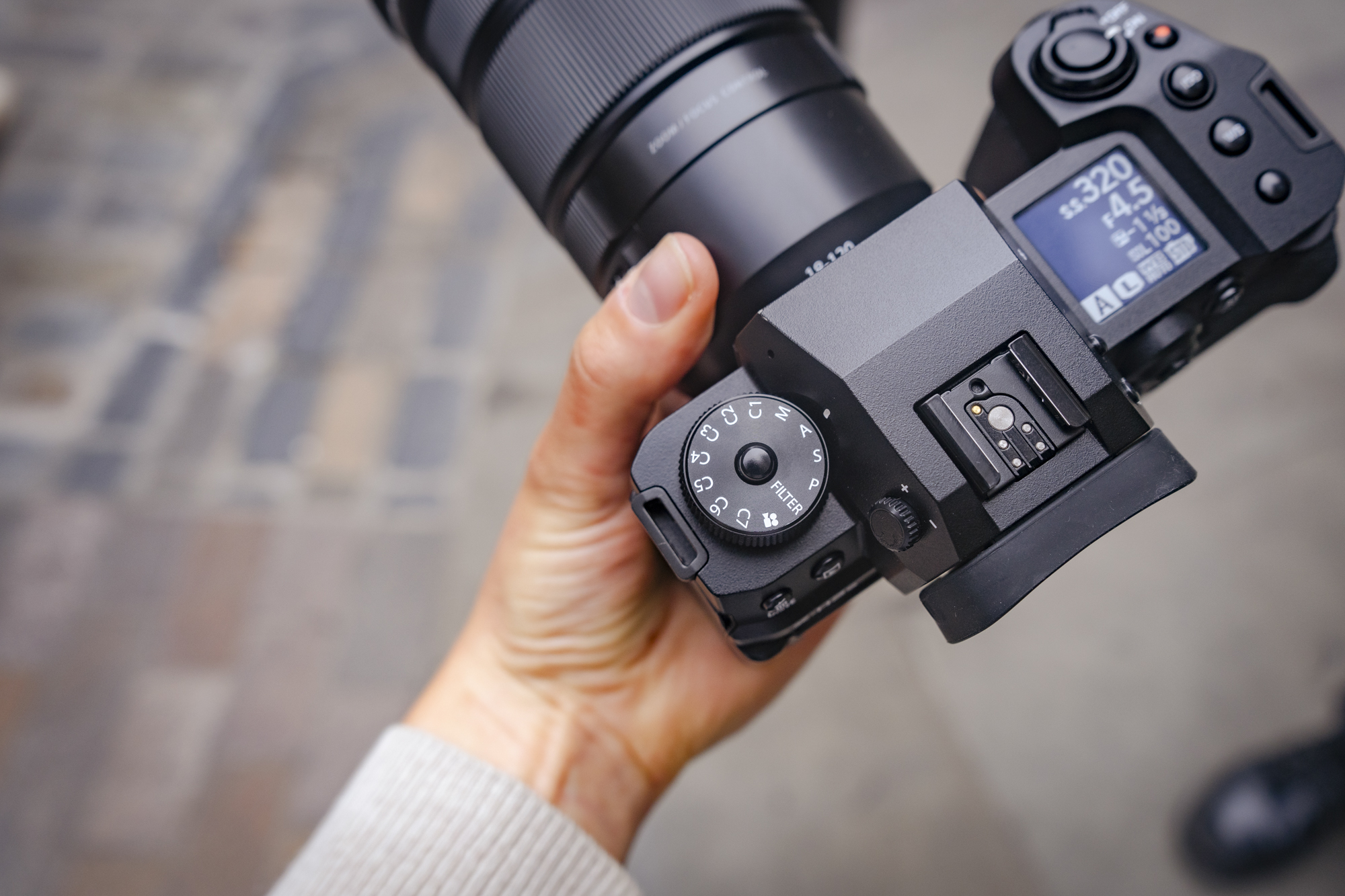
Specifications
Reasons to buy
Reasons to avoid
✅ You want slow motion: with 4K 120p slo-mo this is a great option to record something spectacular
✅ You want the best: this is the flagship video camera from Fujifilm right now
❌ You're on a budget: Its flagship status means you'll need to pay a high price for its features
❌ You want full frame: this is the best APS-C camera around, but you won't get that amazing full-frame look
The Fujifilm X-H2S is the fastest and most advanced camera in Fujifilm’s X-mount lineup, designed to meet the needs of professional photographers and filmmakers alike. It captures stunning 4K video at up to 120fps, making it perfect for creating dynamic, high-quality footage. With its robust pro-spec body, top-mounted status panel, and fifth-generation stacked sensor, the X-H2S offers four times the speed of its predecessor, setting a new benchmark for APS-C cameras.
For stills, the X-H2S can shoot at an incredible 40fps with minimal screen blackout, ensuring you never miss a moment, even during fast-paced action. It also features advanced in-body image stabilization to keep handheld shots steady, a fully articulating vari-angle screen for flexible composition, and a 5.76-million-dot electronic viewfinder for precise framing and focus.
This powerhouse camera is particularly suited for wildlife and sports photography, where speed and reliability are essential. However, its capabilities extend beyond action shots—its advanced video features make it a versatile choice for filmmakers aiming to capture cinematic-quality footage.
While the Fujifilm X-H2S comes with a premium price tag, it’s an investment that pays off for professionals who need top-tier performance. For anyone who prioritizes speed, precision, and versatility in their creative work, this is the ultimate APS-C camera.
Read our full Fujifilm X-H2S review
| Row 0 - Cell 0 | Comments: | Rating: |
| Features: | with its ability to capture 6K and 4K at 120fps, while also being able to capture 40fps stills this is a great option for those wanting a great hybrid camera | 4.5 / 5 |
| Performance: | This camera offers the best of video and stills in one camera, and speed is its key features of 120p slow-motion and 40fps stills | 4 / 5 |
| Value: | Its value reflects its flagship status , it might be out of reach for some, but for many its worth the pennies | 4 / 5 |
Best value
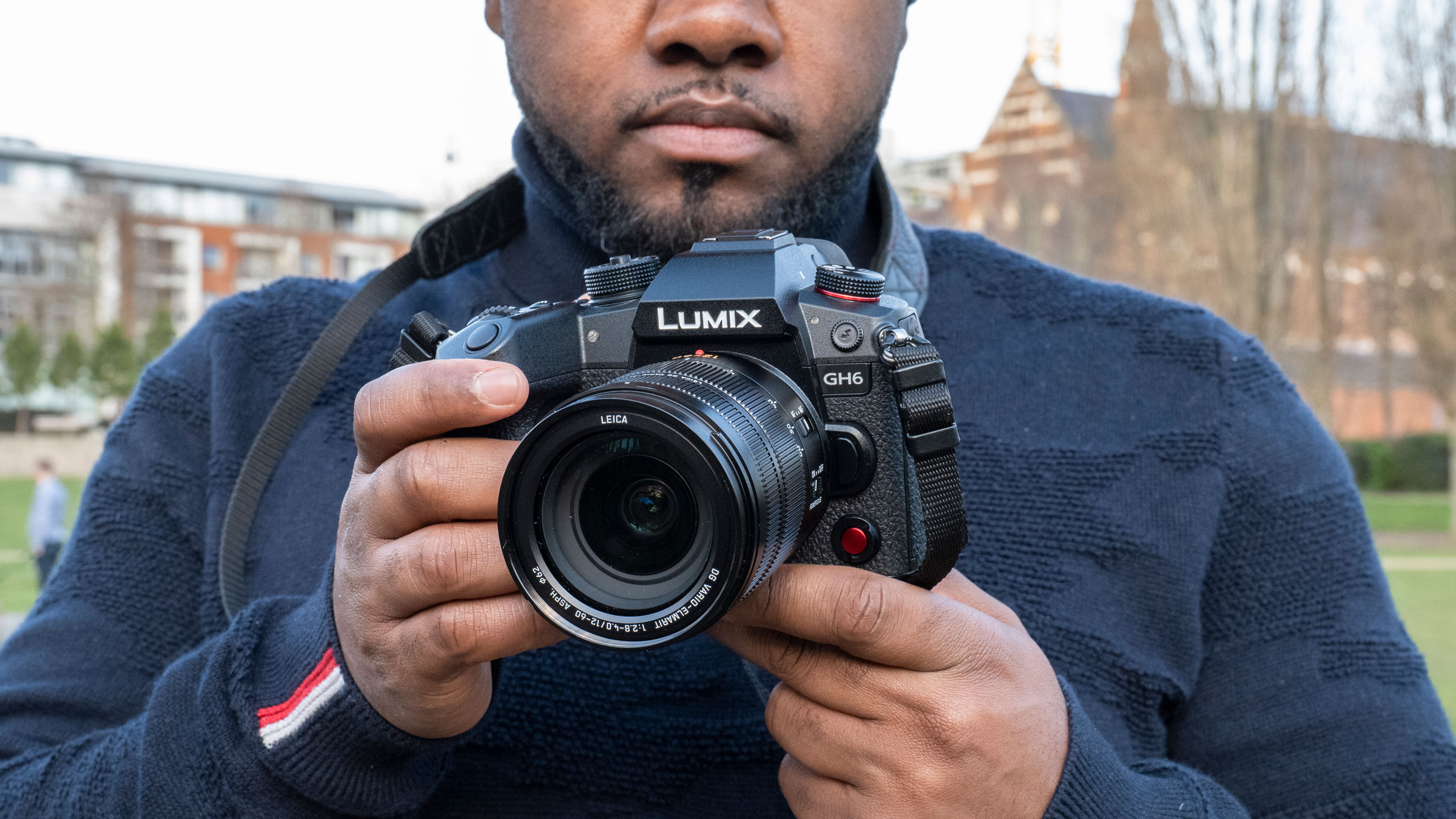
Specifications
Reasons to buy
Reasons to avoid
✅ You love codecs: With a huge choice of codecs you can be sure to have the right one for your workflow style
✅ You want more than 4K: with a top resolution of 5.7K at 60p this is a great choice for those seeking more than 4K
❌You want to shoot RAW internally: RAW can only be shot externally via a recorder, which adds extra bulk
❌ You want compact: This is a little on the large side for a MFT camera
The Panasonic Lumix GH6 had enormous expectations to meet following the success of the Lumix GH5, a camera renowned for offering incredible value for video shooters. Fortunately, the GH6 not only lives up to its predecessor but surpasses it in nearly every way, cementing its status as one of the most capable hybrid cameras available today.
The GH6 features a brand-new 25.2MP sensor, delivering impressive resolution for both stills and video. It supports a wide range of video formats, including 4K at an ultra-smooth 120fps and an incredible 5.7K at 60fps, providing exceptional flexibility for filmmakers. These capabilities make it ideal for creating professional-quality content, from cinematic projects to slow-motion action sequences.
For photographers, the GH6 sticks with Panasonic's DFD (Depth From Defocus) contrast-detection autofocus system. While it doesn’t offer phase-detection autofocus like some competitors, the DFD system is extremely fast and effective for most shooting scenarios. Image quality is excellent, and the GH6 delivers exceptional speed, with burst shooting up to a staggering 75fps using the electronic shutter in AFS mode. With continuous autofocus, burst speed drops to 8fps, but this is still solid for most scenarios.
One noticeable feature of the GH6 is its body size. It’s larger than most Micro Four Thirds cameras and even bulkier than some full-frame Sony A7 models. However, the compact size of Micro Four Thirds lenses ensures the overall system remains portable, and the wide selection of lenses in this format adds versatility.
Whether you're a filmmaker looking for high-resolution video capabilities or a photographer seeking speed and performance, the Panasonic Lumix GH6 offers a robust and feature-packed option that outshines its predecessor in nearly every regard.
Read our full Panasonic Lumix GH6 review for more details
| Row 0 - Cell 0 | Comments: | Rating: |
| Features: | With a 5.7K video this Micro Four Thirds camera really delivers. it also offers 14fps still shooting of 25MP and it perfect for film students wanting a very capable camera | 4.5 / 5 |
| Performance: | With its impressive video codes and 25MP stills this budget otion really offers great features for anyone looking to start their career in filmmaking | 4 / 5 |
| Value: | Priced at a reasonable price ti offers a lot for the money | 4 / 5 |
Best Sony 4K
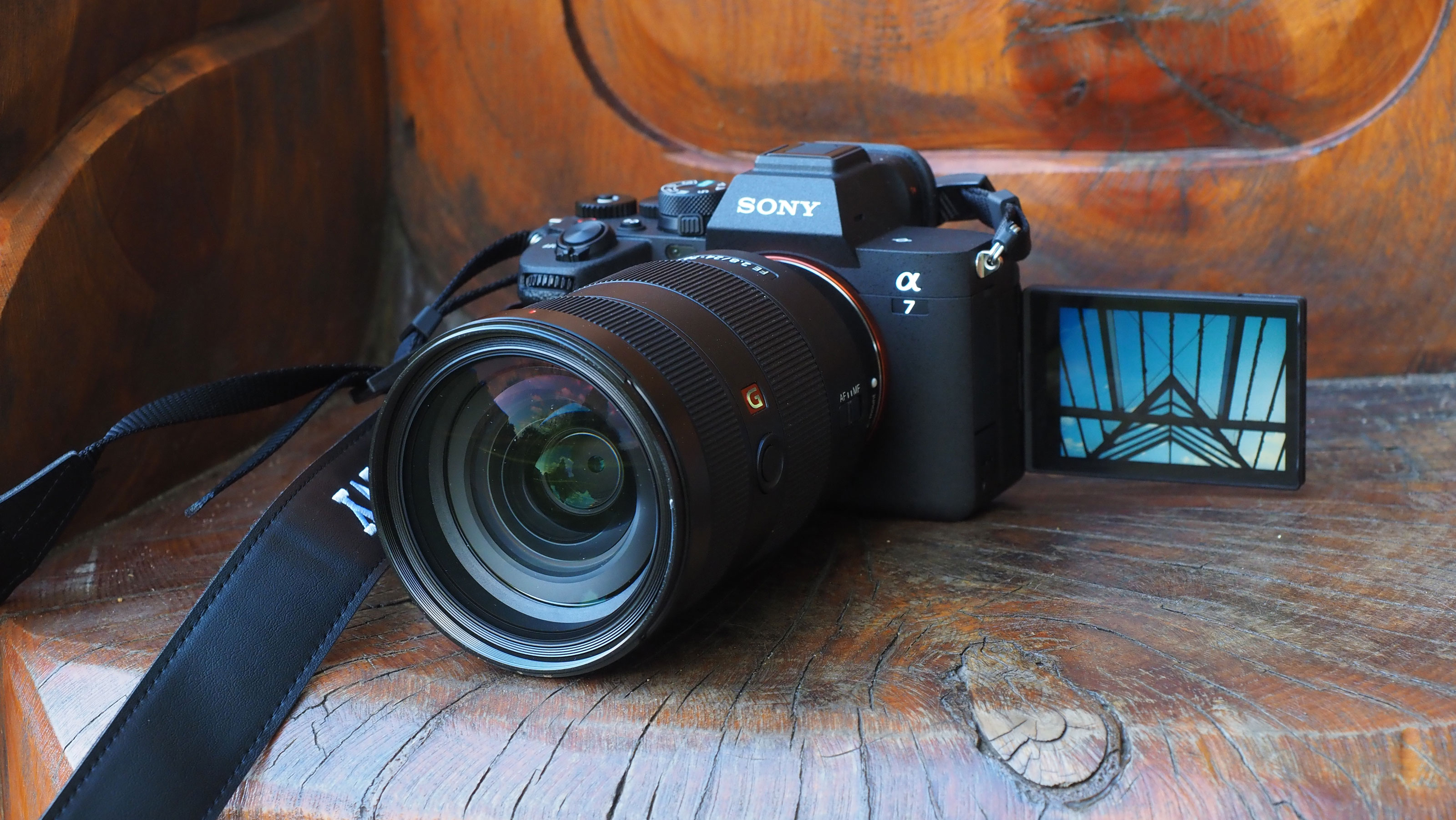
Specifications
Reasons to buy
Reasons to avoid
✅ You want 10-bit: the ability to record 10-bit 4:2:2 4K internally makes it great for pro work
✅ You want great autofocus: the A7 IV comes with super quick AF that responds lightning-fast in video mode
❌You have low-end cards: to shoot at the best quality Sony you need high-end media
❌ You want a "video first" camera: while it shoots amazing 4K video, the A7 IV is a photo camera first
The Sony A7 IV is a significant upgrade from the A7 III, aimed at hybrid creators seeking professional-level performance. It boasts a new 33MP sensor for sharper, more detailed stills and enhanced AI-driven autofocus, delivering excellent tracking for both photography and videography. Its improved burst mode makes it perfect for capturing fast-moving subjects, whether in wildlife, sports, or action scenes.
For filmmakers, the A7 IV introduces 10-bit 4:2:2 internal recording, making Sony’s S-Log3 profile much more effective for precise color grading in post-production. It supports 4K video at up to 60fps in Super35 crop mode, while offering full-width 4K capture at lower frame rates—a notable improvement over the A7 III, which lacked 4K 60fps entirely. The camera also delivers excellent dynamic range and high-quality low-light performance, enhancing its versatility.
By combining high-resolution stills with advanced video capabilities, the Sony A7 IV stands out as a powerful, all-purpose full-frame camera for creators who want to excel in both photography and filmmaking.
See our full Sony A7 IV review and lab tests
| Row 0 - Cell 0 | Comments: | Rating: |
| Features: | Excellent 10-bit 4:2:2, 4K60p video and 33MP for stills | 4 / 5 |
| Performance: | offering super auto focus and 4k60P video, while also offering a high 33MP sensor for stills this is is aimed at the serious enthusiast | 4.5 / 5 |
| Value: | Priced at the serious enthusiasts, its a bit pricey | 3.5 / 5 |
Best for 8K video
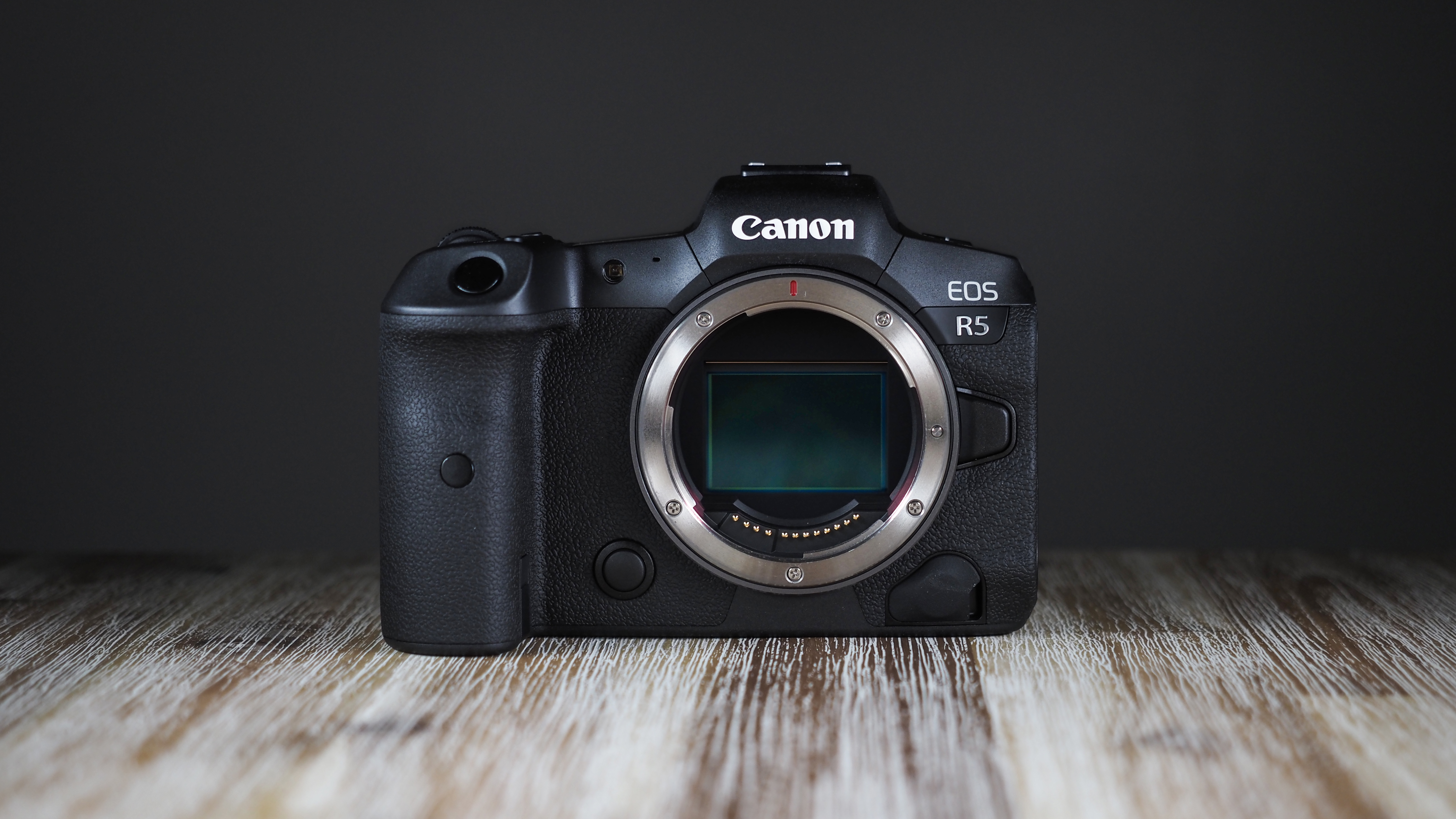
Specifications
Reasons to buy
Reasons to avoid
✅ You want 8K: it's the only camera in our list to shoot 8K
✅ You want IBIS: equipped with full-frame IBIS the R5 has the best stabilization around
❌ If your computer isn't up to it: video files can be massive with 8K, demanding top computer power
❌ If you don't have the storage: due to file size you will need masses of back-up space
The Canon EOS R5 represents a significant leap forward for Canon’s mirrorless camera lineup, blending cutting-edge technology with a refined design. Its 45MP full-frame sensor delivers stunning detail and resolution for stills, while the 20fps burst shooting and advanced Dual Pixel CMOS AF II autofocus system ensure photographers can capture even the fastest-moving subjects with precision. As a stills camera, the EOS R5 is hard to beat, offering performance that meets the demands of professionals and enthusiasts alike.
When it comes to video, the EOS R5 is equally impressive, capable of shooting 8K RAW video with exceptional clarity and detail. However, its video capabilities have been somewhat overshadowed by reports of overheating during extended recording sessions. For users planning to shoot shorter clips or those using external recording setups, the overheating is less of a concern, and the camera remains a landmark option for hybrid shooters. The ability to shoot 4K at 120fps and advanced video features like C-Log further cement its status as a top-tier filmmaking tool.
The biggest obstacle for many will be the cost. The Canon EOS R5 comes with a premium price tag, and when you factor in the cost of Canon RF lenses, building a complete setup can run into thousands of dollars. Despite this, for those who can invest, the EOS R5 offers an unparalleled combination of stills and video performance, making it a standout choice for professionals who want the best of both worlds.
See our full Canon EOS R5 review
| Row 0 - Cell 0 | Comments: | Rating: |
| Features: | Stunning 8K video, 45MP sensor for stills, and 20fps makes this the best camera for content creators | 5 / 5 |
| Performance: | Offering stunning specs for 8K video and 45MP stills its performs flawlessly | 4.5 / 5 |
| Value: | aimed at the pros, it also comes with a pro-grade price tag | 4 / 5 |
Best box camera
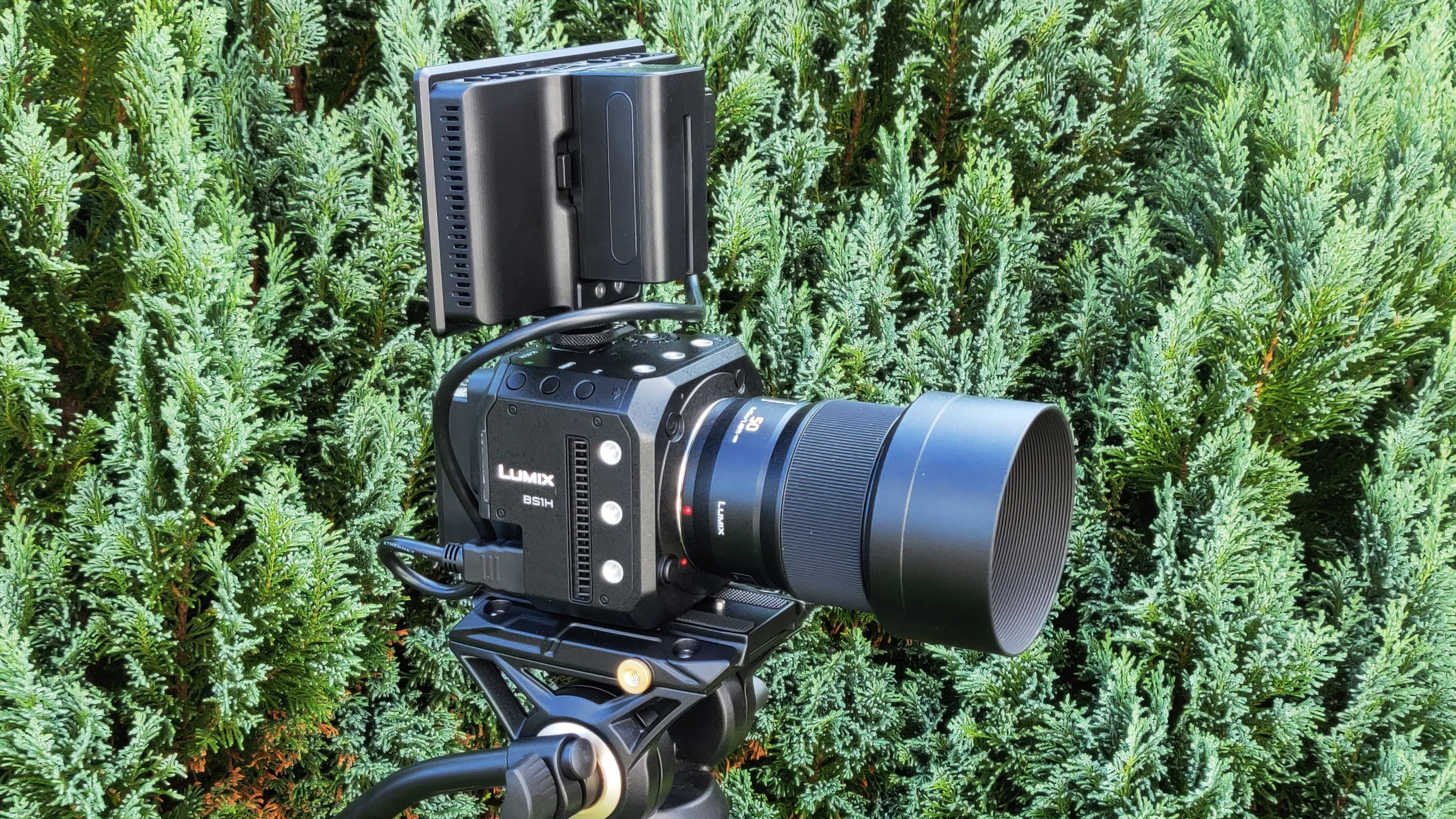
Specifications
Reasons to buy
Reasons to avoid
✅ You want compact: its box-style form factor lets this be rigged to the basics to full studio productions
✅ You value low-light performance: equipped with dual native ISOs the BS1H it excellent in low-light situations
❌ Want a built-in screen: due to its size Panasonic has removed the rear screen, so you need to use an external monitor
❌ Have to buy a battery: keeping with compact you get a DC lead for power, but you have to buy a battery for remote work
For serious video shooters, the Panasonic Lumix BSH1 boxcam can make a lot of sense as it can be rigged up for a multitude of different uses. It has a 24.2-megapixel full-frame sensor with Dual Native ISO technology, 14+ stops of dynamic range and an OLPH (Optical Low Pass Filter) which helps to suppress moire and false colors and make it excellent in low light.
It's capable of recording 6K 24p or 4K 60p 10 bit when using an image area equivalent to Super 35mm. If you're using the entire 35mm sensor area, it can shoot 4K 30p 10-bit 4.2.2 in H.264.
With live streaming growing increasingly popular, the BS1H is capable of transmitting high-quality footage to social streaming platforms over a wired LAN collection. It can stream 4K 60p video in H.265 which means the bit rate is halved and the image quality is kept the same.
The lack of a screen may be off-putting but its modular system means you can easily attach an external recorder such as the Atmos Ninja V which will also make it capable of outputting 12-bit raw video.
| Row 0 - Cell 0 | Comments: | Rating: |
| Features: | Box-style design, 6K full frame video, Leica L mount | 4 / 5 |
| Performance: | Offering a lot of mounting options, and 6K video this is one of the best box-style cameras out there, for a decent price! | 5 / 5 |
| Value: | While it might seems pricey to some, its the best box-style out there for affordability | 5 / 5 |
Best dynamic range
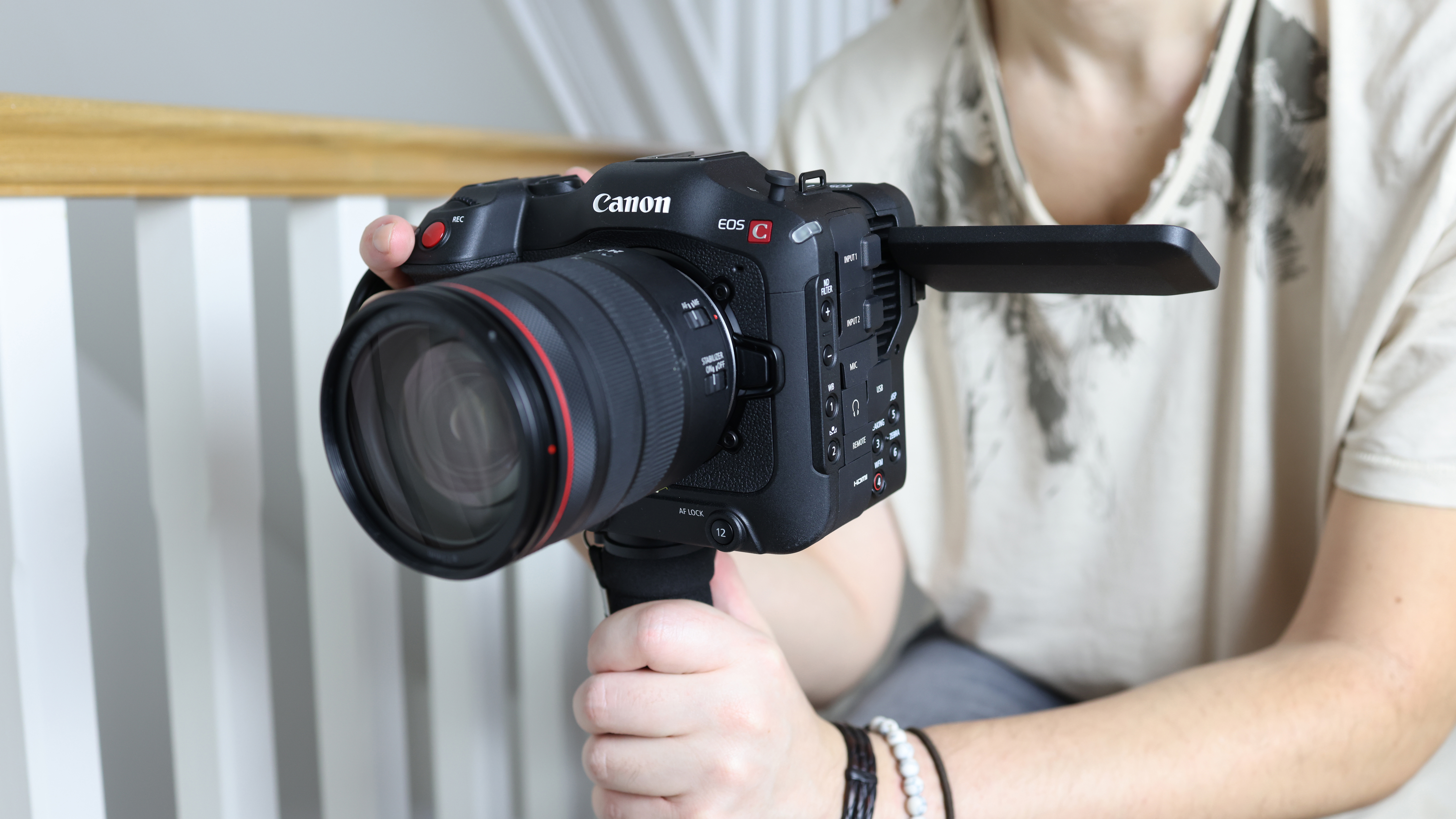
Specifications
Reasons to buy
Reasons to avoid
✅ You shoot a lot of doc-work: due to its form factor and features this is the perfect camera for documentary filmmakers
✅ You want great dynamic range: equipped with 16 stops of dynamic range you can be sure to capture outstanding cinematic visuals
❌Want to shoot RAW: Unfortunately, no RAW options are available on the C70
❌ Lens restrictions: due to its RF mount you are limited on lens choices
The Canon EOS C70 is Canon's first RF-mount cinema camera offering powerful video capabilities. It features Canon's Super35 sensor, Dual Gain Output, a massive 16 stops of dynamic range, and 4K 120fps / 2k 180fps.
It also includes a game-changing touchscreen which makes accurately focusing quicker and easier. The C70 boasts the deep learning iTR AFX system from the Canon EOS-1D X Mark II which offers head detection and extremely accurate autofocus.
If you don't want to invest in expensive RF lenses we suggest you use an adapter to mount EF lenses onto them. Canon's new speed booster will also enable you to use them with an extra f-stop and a full-frame angle of view. Where the C70 falls down is that it doesn't record RAW and you can't use PL glass on it - for that, you'll have to step up to the Canon C300 Mark III.
See our full Canon EOS C70 review
| Row 0 - Cell 0 | Comments: | Rating: |
| Features: | Offering great audio options for documentary filmmakers, 4K video and RF-mount - it offer a lot in a compact package | 4 .5 / 5 |
| Performance: | with 4K 120fps or 2K at 180fps its slow-motion performance is excellent. While its dual-gain ISO makes it a perfect run-and-gun setup for docuseries filmmaking | 5 / 5 |
| Value: | This is a pro-system, so the price is quite astronomical! | 4 / 5 |
How we test the best filmmaking cameras
We test the best filmmaking cameras both in real-world shooting scenarios and in carefully controlled conditions. In our tests, we look at the resolution, dynamic range in real-world use cases and make our judgement on years of expertise in the field of filmmaking and photography.
Find out how we test and review on Digital Camera World
What other equipment can you use for filming?
There are lots of devices you can use for recording video these days such as action cameras, camera phones or 360 cameras. While something like the Sony A1 might be the best option for a pro at the top of the game (and with a massive budget), for someone wanting to film a first person perspective of downhill skiing it wouldn't be the best choice! , The perfect camera for you all comes down to what and how you shoot and everyone is different.
What other things you need for filmmaking
When investing in a camera for filmmaking, you'll also have to think about the accessories you might need such as a video tripod for capturing still shots and dynamic panning motions, choosing the best video editing software such as Adobe Premiere Pro or Blackmagic DaVinci Resolve Studio 18, and video lights so you can shoot no matter how dark the environment is.
There are hundreds of video accessories out there including gimbals, microphones and camera rigs and if you're starting to get really serious it might also be worth investing in a dedicated video editing monitor. Not only will it make your job a lot easier, but it will accurately reproduce colors and be high res so you can really appreciate the 4K video.
Confused by bitrates and codecs? Check out Video jargon explained
Get the Digital Camera World Newsletter
The best camera deals, reviews, product advice, and unmissable photography news, direct to your inbox!

For nearly two decades Sebastian's work has been published internationally. Originally specializing in Equestrianism, his visuals have been used by the leading names in the equestrian industry such as The Fédération Equestre Internationale (FEI), The Jockey Club, Horse & Hound, and many more for various advertising campaigns, books, and pre/post-event highlights.
He is a Fellow of the Royal Society of Arts, holds a Foundation Degree in Equitation Science, and holds a Master of Arts in Publishing. He is a member of Nikon NPS and has been a Nikon user since his film days using a Nikon F5. He saw the digital transition with Nikon's D series cameras and is still, to this day, the youngest member to be elected into BEWA, the British Equestrian Writers' Association.
He is familiar with and shows great interest in 35mm, medium, and large-format photography, using products by Leica, Phase One, Hasselblad, Alpa, and Sinar. Sebastian has also used many cinema cameras from Sony, RED, ARRI, and everything in between. He now spends his spare time using his trusted Leica M-E or Leica M2, shooting Street/Documentary photography as he sees it, usually in Black and White.